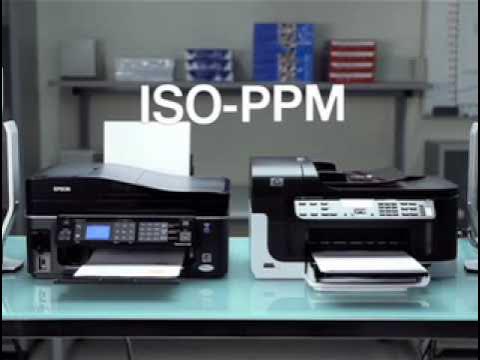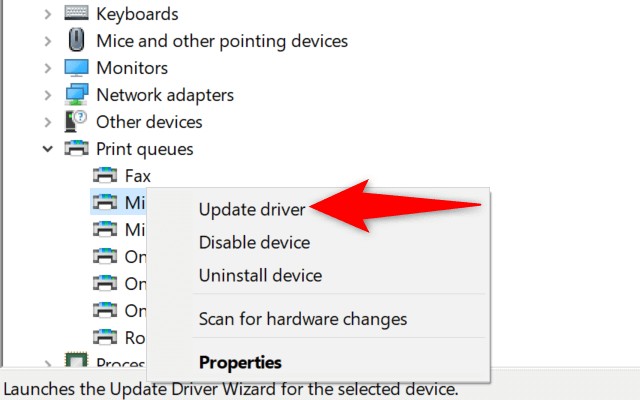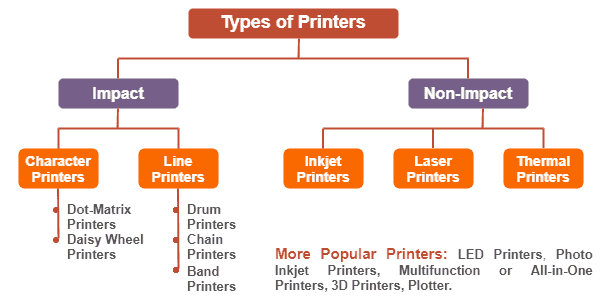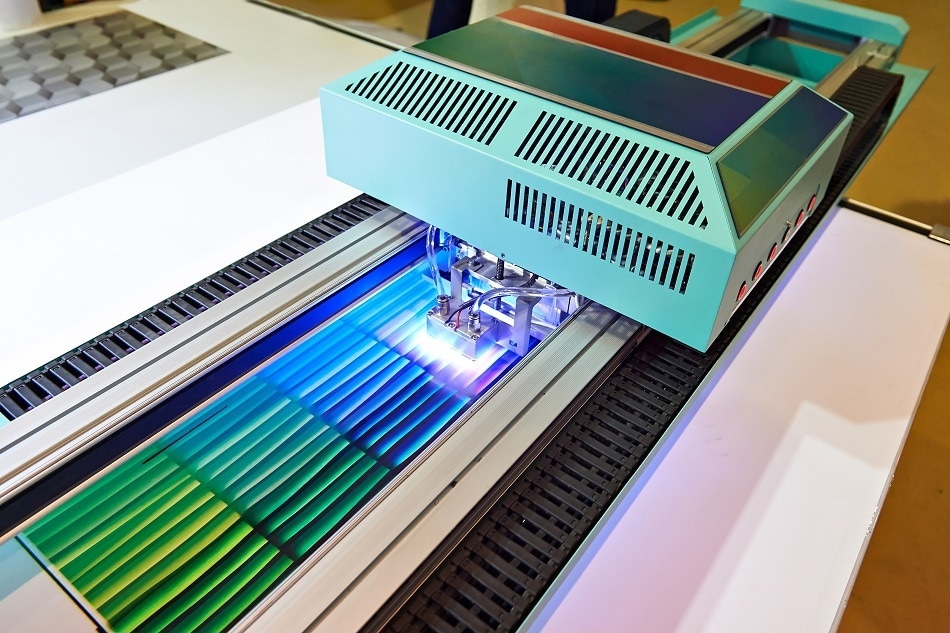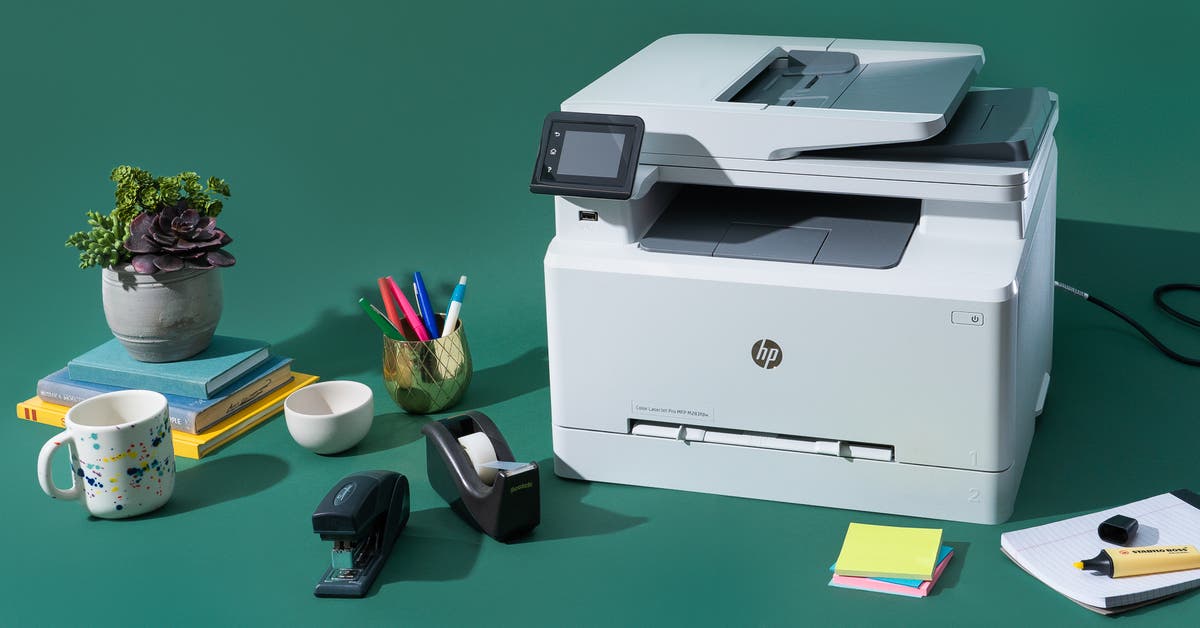Exploring Printer Technologies: What is the Difference Between Laser And Inkjet Printers?
Introduction
Printers stand at the core of our digital yet paperwork-reliant world, whether it's home or business use. However, when confronted with the choice between laser and inkjet printers, many find it hard to choose due to a lack of understanding of their differences. This article aims to bridge that knowledge gap, outlining the fundamental distinctions between laser and inkjet printers. By the end, we hope to provide you with the information you need to make an informed printer purchase.
What are Laser Printers?
A pivotal player in modern printing technology is the Laser Printer. This high-tech equipment performs printing tasks by employing laser technology to digitally generate documents. An intriguing fact about laser printers is the method they use - a distinctive process that involves a laser beam which forms an image of the required page on an electrically charged rotating drum. Here's a breakdown of how they work:
- Laser Beam Projection: The printer uses a laser beam to create a specific image on a rotating drum.
- Toner Utilization: The charged rotating drum picks up powder-like ink, known as toner.
- Toner Transfer: The drum then transfers this toner onto paper.
- Heating Process: The paper goes through a heating phase to permanently set the ink.
Laser printers are best known for their ability to produce high-resolution prints with clear and sharp text, making them ideal for fast and bulk printing tasks.
What are Inkjet Printers?
Inkjet printers, a common type of printer for home usage, involve a unique approach called inkjet technology in their printing process. These printers follow the fundamental process outlined below:
- Tiny droplets of ink are driven onto the paper to create an image or text.
- The droplets are propelled through a set of microscopic nozzles, forming the final image based on the placement of the small dots.
- These dots combined create the images or text, capturing impressive levels of detail.
- Renowned for their high-quality, detailed prints- particularly for photos and complex color graphics.
Unique features of Inkjet printers:
- Superior Quality: Inkjet Printers are known for their exceptional color capabilities, producing high-quality photos and intricate color patterns.
- Home Usage: Due to their affordability and excellent color results, these printers are a popular choice for household use, especially for individuals regularly printing photos or detailed color graphics.
With an understanding of how inkjet printers work and the factors that make them a popular choice, users can make an informed decision when considering a printer that best meets their printing requirements.
How Do Laser and Inkjet Printers Function Differently?
Despite sharing a common purpose, laser and inkjet printers perform it differently. Their operation roots deep in the technology they use, with each type offering unique strategic benefits.
The Laser Printer Functionality:
Laser printers operate through a multi-step process:
1. Laser Drawing: A laser beam creates an image of the required page onto a rotating drum that's electrically charged.
2. Toner Application: The laser-etched drum attracts a powdered ink known as 'toner'.
3. Transference to Paper: The drum subsequently shifts the toner onto the paper.
4. Heating: The printer finally heats the paper, permanently fusing the ink and setting the print.
Advantages of Laser Printers:
- Bulk Printing: Due to their operation mechanics, these printers exhibit an impressive speed, making them suitable for high-volume printing.
- Quality Prints: Owing to the high-resolution laser etches, laser printers produce sharp, clear, and high-quality prints.
- Cost-Per-Page: Particularly for black-and-white printing, laser printers offer a generally lower cost-per-page.
The Inkjet Printer Functionality:
Comparatively, inkjet printers have a different working mechanism:
1. Ink Projection: These printers operate by using nozzles to propel minuscule ink droplets onto the paper.
2. Dot Combination: The printed image or text derives from the sequences of these tiny dots.
Advantages of Inkjet Printers:
- Image Quality: The precision of ink droplets leads to high-quality images and meticulous photo prints.
- Color Gradation: Inkjet printers are particularly known for their capability to print subtle color gradients, providing superior image quality for colored prints or complicated graphics.
- Affordability: Inkjet printers are generally more affordable upfront, making them a popular choice for home use or infrequent printing needs.
But these are not the only factors to consider when comparing laser and inkjet printers. They also differ significantly in aspects like cost efficiency, speed, and even the type of maintenance they require. Understanding these differences can help you make an informed decision on which printer technology is a better investment for your particular needs.
Comparing the Key Differences: Laser vs. Inkjet Printers
Analyzing the cost-effectiveness, print quality, and speed of both laser and inkjet printers is indispensable for an all-around understanding of their differences.
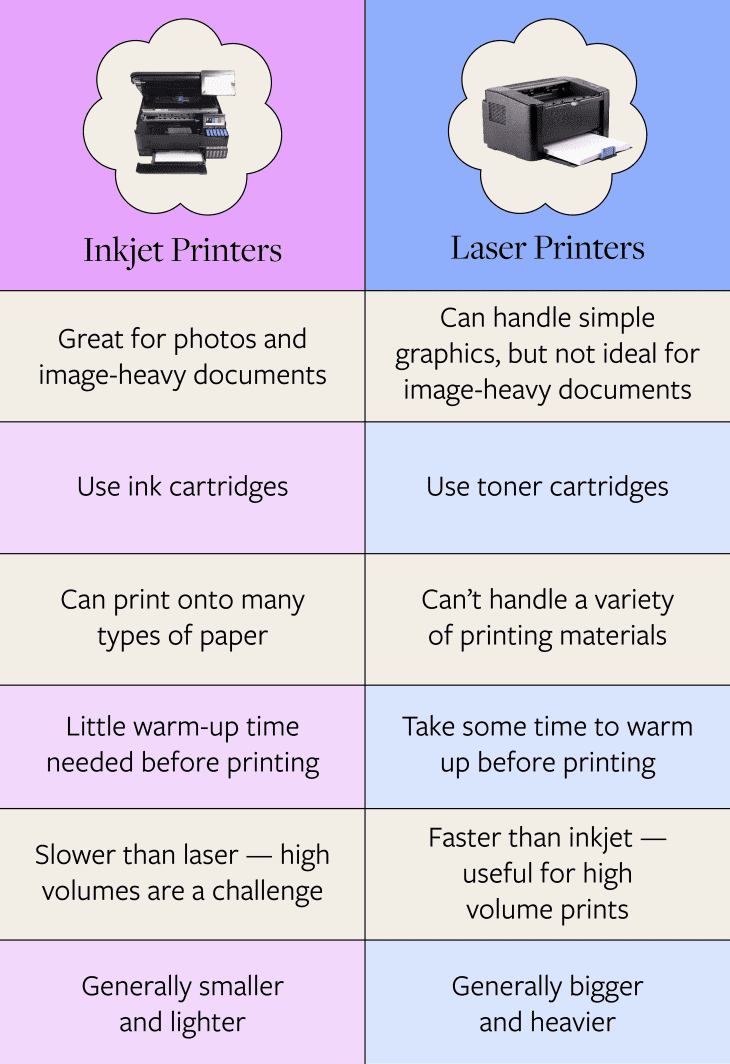
Making the Economical Choice: Laser Printers or Inkjet Printers?
Understanding the costs of both laser and inkjet printers is vital to making an economical choice.
- Initial Costs: Inkjet printers usually come with a relatively low upfront price tag compared to laser printers. However, this only paints half the picture when examining cost-effectiveness.
- Long Run Costs: Laser printers often have a lower cost per page, primarily if frequently used for high-volume printing. In contrast, the ink cartridges for Inkjet printers can ramp up the costs, especially for color printing.
Distinguishing Print Quality: Laser or Inkjet Printers?
The quality of printing varies significantly between laser and inkjet printers, affecting their suitability for different tasks.
- Text Documents: For clear, sharp, and professional text documents, laser printers outperform their counterparts with their high-resolution printing capabilities.
- Photos and Color Graphics: Inkjet printers are unparalleled in producing high-quality photos and subtle color gradations. Their ability to handle a wider color spectrum makes them ideal for detailed graphics and pictures.
Comparing Speed: Laser or Inkjet Printers?
Performance speed forms a crucial part of selecting a printer fit for your printing volume and schedule.
- Bulk Printing: Laser printers lead the pack when it comes to bulk printing. Their speed is unparalleled, ensuring that large volume printing tasks don't drag on.
- Occasional Printing: When it comes to less frequent or occasional printing jobs, the speed of inkjet printers is generally adequate.
Each printer type belongs to distinct scenarios, depending on these factors, allowing users to align to their printing needs directly. It is essential to assess your unique printing requirements while choosing between a laser and an inkjet printer.

Conclusion
Cost-effectiveness heavily depends on the printer's use. For high-volume black-and-white printing, laser printers typically offer a lower cost per page, although they have a higher upfront cost. However, for occasional printing or home use, inkjet printers usually present more cost-effective due to lower upfront costs, despite the ink cartridges being more expensive in the long run.
Related FAQs about what is the difference of laser and inkjet printers
Is Inkjet or Laser Better for Home Use?
This truly depends on your specific needs. Inkjet printers are typically better if you require high-quality photo printing, while laser printers are a great option for quick and crisp black-and-white documents.
What Should I Consider When Buying a Printer: Laser or Inkjet?
When choosing between a laser or inkjet printer, consider factors such as initial cost, ongoing ink or toner cost, print speed, print quality, and whether you're regularly printing photos, graphic images or text documents.
Are Laser Printers Better Than Inkjet for Photos?
In general, inkjet printers are better at producing high-quality photos due to their ability to print with more colors and subtle color gradients.


